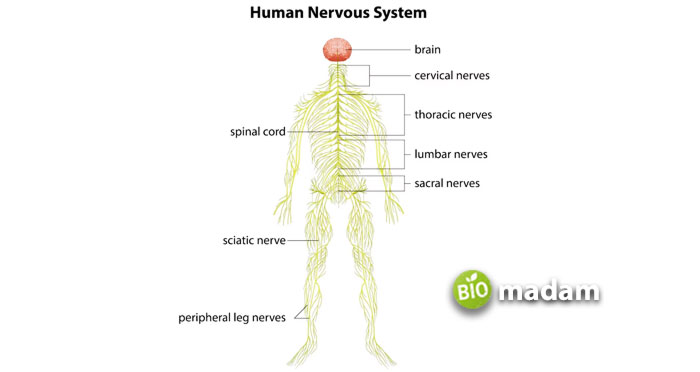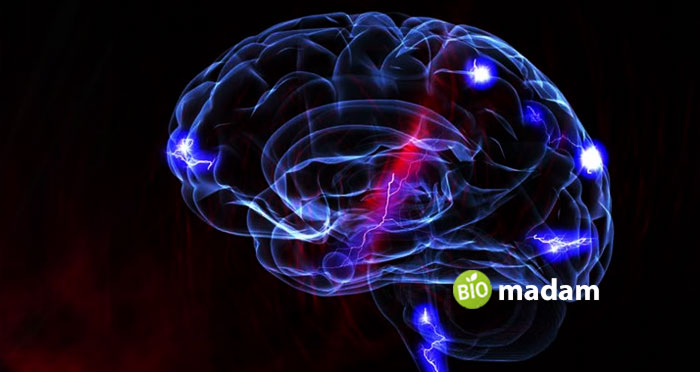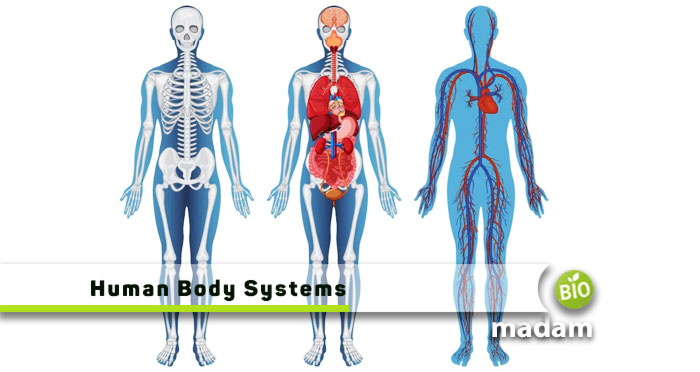The human body comprises various tissues, organs, and organ systems contributing to different processes. The endocrine and nervous systems are critical to body physiology to ensure proper bodily function. They act as the basic communication systems among body organs to produce actions. Both are quite similar as they transfer signals in their unique ways. Some studies also show that they are codependent. But how does the endocrine system work with the nervous system?
This article brings you all the information regarding the nervous and endocrine systems and how they work together.
What is the Endocrine System?
The endocrine and exocrine systems comprise glands that produce chemicals called hormones. The endocrine system releases the hormones into the bloodstream to carry the instructions and information to target cells. These hormones influence almost every body cell, tissue, and organ.
Some of the major glands of the endocrine system include the pituitary, thyroid, parathyroid, hypothalamus, adrenal, ovaries, and testes.
Functions of the Endocrine System
- The thyroid gland in the endocrine system contributes to metabolism and reproductive health.
- Hormones such as ghrelin and leptin regulate the body’s energy demands and supply, leading to hunger.
- Different glands in men and women produce hormones that regulate their moods and emotions.
- Your endocrine glands produce the sleep hormone “melatonin” in response to darkness.
What is the Nervous System?

The nervous system is the body’s central system that acts as the command center and handles all bodily functions. It is categorized as the autonomic and somatic nervous systems. Your brain, nerves, and neurons comprise the nervous system that controls your thoughts, movements, and involuntary responses to stimuli. It also regulates and controls breathing, digestion, sleep, libido, etc.
Functions of the Nervous System
The nervous system is responsible for all voluntary and involuntary functions of the body, including:
- Thinking, learning, and memory
- Sensory feelings
- Breathing and heartbeat
- Sleep Cycle
- Fight-or-flight responses
- Sexual desires and puberty
- Voluntary and involuntary physical movement
- Metabolism and hunger
How does the Endocrine System Work with the Nervous System?
The endocrine and nervous systems are closely related, facilitating signal transfer throughout the body. The endocrine system works with the nervous system to influence bodily functions such as growth, mood, metabolism, reproduction, etc.
The endocrine and nervous systems communicate with each other through the hypothalamus; the hypothalamus is a part of the brain that forms the nervous system. The hypothalamus also regulates the pituitary gland in the endocrine system, which monitors and controls the release of hormones from other glands.
How do the Nervous and Endocrine Systems Send Messages?
The nervous system releases neurotransmitters in the synapses, which carry the neural signals to other neurons to produce action. At the same time, the endocrine system uses hormones to send messages to the target. The hormones and neurotransmitters transfer the information to the target cells.

How are Endocrine and Nervous Systems Similar?
The endocrine and nervous systems in the body have many similarities, including:
- They rely on chemicals to transfer signals from one cell to another within the body.
- They influence the activity of other cells, tissues, and organs.
- Both contribute to maintaining homeostasis dictated by various physiological processes.
- Negative feedback manages and regulates the endocrine and nervous systems.
Differences between Endocrine and Nervous Systems
The main differences between the endocrine and nervous systems are:
| Endocrine System | Nervous System |
| Uses hormones | Uses nerve impulses and neurotransmitters |
| Comprises different glands | Includes brain, CNS, and PNS |
| Travel through the bloodstream | Carry impulses through synapses |
| Involuntary control | Voluntary and involuntary control |
| Slow transmission | Fast signal transmission |
| Long-term effects | Short-term action |
The Bottom Line
The endocrine and exocrine systems are critical to the body for voluntary and involuntary actions. They produce action in different cells, tissues, and body organs by transmitting messages through chemicals. The nervous system uses neurotransmitters and nerve impulses to take signals to other body parts. Whereas the endocrine transfers messages through hormones in the bloodstream. The endocrine and nervous systems communicate with each other through the hypothalamus. The hypothalamus also regulates the pituitary gland in the endocrine system, which monitors and controls the release of hormones from other glands.
FAQs
How do the endocrine and nervous systems work together to maintain homeostasis?
The nervous and endocrine systems work on the negative feedback system and maintain homeostasis in the body by responding to the concentration of substances. The hypothalamus plays a critical role in maintaining homeostasis by working with the pituitary gland.
What is an example of interactions where the nervous and endocrine systems work effectively?
The fight-or-flight response is the most common example of an endocrine-nervous regulated response in which the body produces hormones that facilitate the right response as indicated by the nervous system.
How does the endocrine and nervous system respond to stress?
The relationship between the endocrine and nervous systems gives rise to a complex set of reactions that increase the production of cortisol to halt unnecessary functions in the body. It allows the body to prepare for a fight-or-flight response.
What is the advantage of the endocrine system over the nervous system?
While the endocrine system exhibits a slower transfer of signals from the release location to the target cells, the produced effect is typically long-term. Thus, it contributes to transferring messages for continuous processes like growth.

Anna has completed her degree in Pharmacy from the University of Hawaii. She is serving as a research assistant in a pharmaceutical company. She had a great interest in writing blogs, traveling to different parts of the US, and trying delicious recipes in her spare time.

